News
News
ALICE explores the hidden charm of quark–gluon plasma
The ALICE collaboration shows that different bound states of a charm quark and its antimatter counterpart are differently modified by quark–gluon plasma, opening new avenues for studying this special state of matter and its effects
ALICE pins down hypermatter properties
The collaboration’s latest study of a “strange”, unstable nucleus known as the hypertriton offers new insight into the particle interactions that may take place at the hearts of neutron stars
Higgs10: the future of Higgs research
History teaches that those who explore relentlessly and fearlessly are often the ones rewarded with the greatest prize of all: the truth.
Higgs10: Ten things we’ve learned about the Higgs boson in the past ten years
Since its discovery in 2012, the Higgs boson has become one of the most powerful tools to probe our understanding of nature and, with that, examine some of the biggest open questions in physics today.
ATLAS measures joint polarisation of carriers of the weak force
Joint-polarisation measurements of the W and Z bosons provide new opportunities to look for physics beyond the Standard Model
CMS measures rare particle decay with high precision
Using LHC Run 2 data, CMS has precisely measured the rare decay of strange B-mesons to muon-antimuon pairs. While its properties agree with Standard Model predictions, it may provide clues to new discoveries in Run 3
LHCb discovers three new exotic particles
The collaboration has observed a new kind of “pentaquark” and the first-ever pair of “tetraquarks”
ATLAS and CMS release results of most comprehensive studies yet of Higgs boson’s properties
The collaborations have used the largest samples of proton–proton collision data recorded so far by the experiments to study the unique particle in unprecedented detail
LHC Run 3: physics at record energy starts tomorrow
The Large Hadron Collider is ready to once again start delivering proton collisions to experiments, this time at an unprecedented energy of 13.6 TeV, marking the start of the accelerator’s third run of data taking for physics
